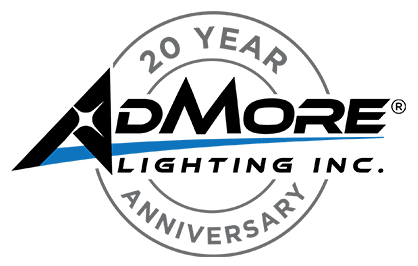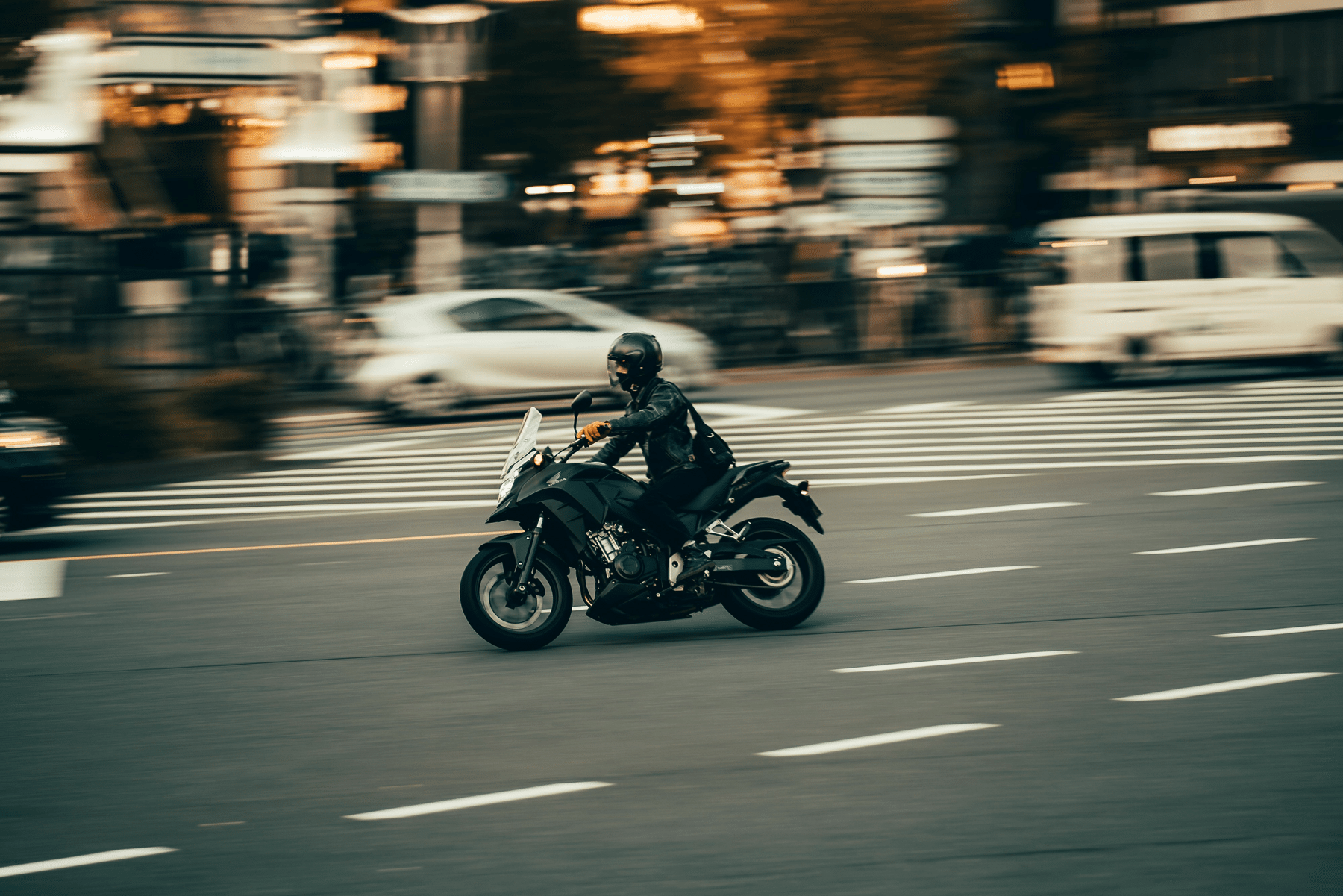Getting back to a life on two wheels
Sorry folks, but if you live somewhere warm enough to ride year-round—where winter is just a word, not a season—you probably haven’t felt that mix of thrill and mild panic we northerners get when we throw a leg over the saddle for the first ride of the year. It’s a rush, sure. The adrenaline kicks in as the engine comes to life. But along with it, there’s that little voice—quiet, but persistent—whispering from deep in our riding soul: Do I still remember how to do this?
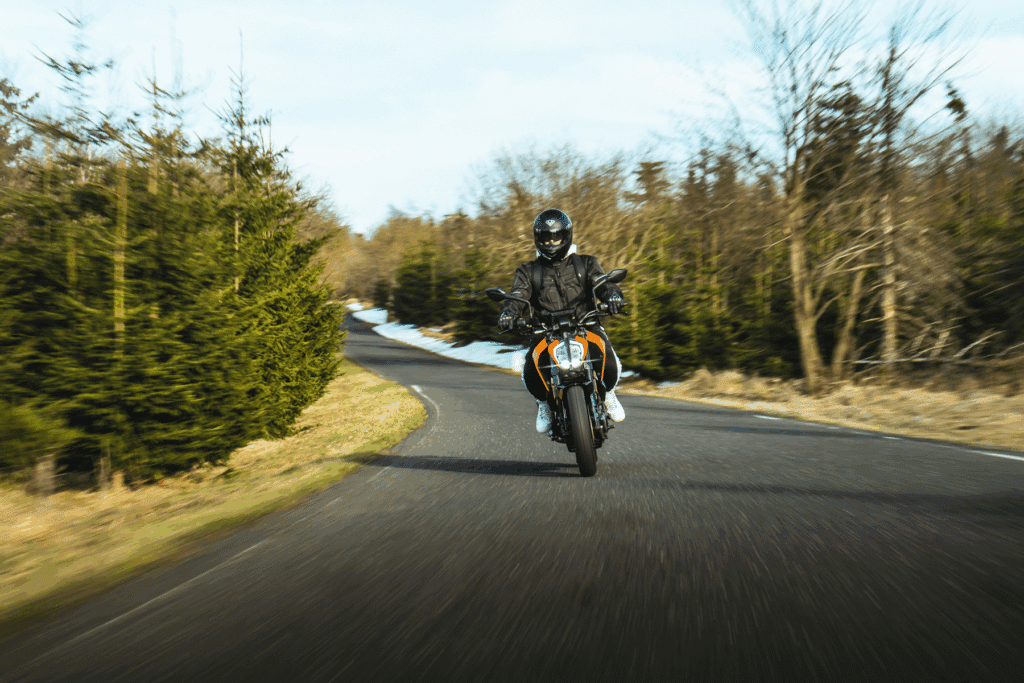
That doubt doesn’t linger long. I ease out the clutch, feel the bite of the friction zone, and start to roll. The wobble in my gut doesn’t create a wobble in my riding. Muscle memory has taken over. I experience the familiar rhythm of two wheels under me. Just like that, I’m back.
But not without a little ritual. Every spring, I go through the same routine to get myself and my bike ready for the season. It’s part safety check, part performance tune-up, and part mental reset. It’s a way of easing back into the saddle with confidence—not bravado, just grounded, ready-to-ride confidence.
First things first: the gear. I lay it all out and give it a once-over—helmet, jacket, pants, gloves, boots. Is everything still up to snuff? I check for wear, damage, or anything that I didn’t notice from last season. When I see my gear every day, problems may not be immediately evident. After not looking at it for four months, I have fresh eyes. I make sure the helmet’s not past its best-before date. Liners get washed, zippers checked, Velcro cleaned. If I wouldn’t want to crash in it, I don’t ride in it.
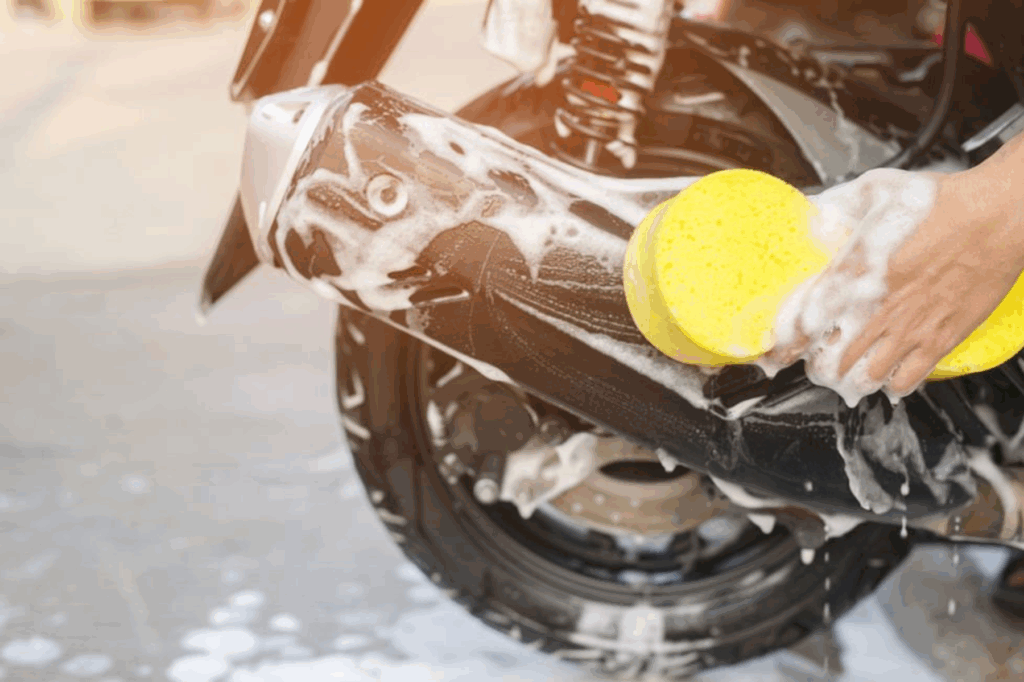
Next up: the bike. Before I even turn the key, I give it a proper wash. It’s not just about making it shine—though that part feels pretty great, too. It’s so I can actually see the machine. Dirt hides things. A clean bike tells the truth. Once it’s spotless, I go over it slowly. Tires first: pressure, tread depth, and any signs of cracks or dry rot. Then the controls: levers, throttle, clutch action, and cables. I check for fluid leaks, inspect brake pads, spin the wheels, test the lights—headlight, tail light, brake light, and turn signals. I check the chain tension (or belt condition if that’s your setup), oil level, coolant, battery health—the whole works. Of course, I keep the battery on a tender over the winter, so it is ready to go.
What I’m really doing is what The Motorcycle Safety Foundation (MSF) calls T-CLOCS: Tires and wheels, Controls, Lights and electrics, Oil and fluids, Chassis, and Stands. It’s easy to remember, and even easier to forget—so I jot it down each spring and go step by step plus maybe a bit more.
Then comes the most overlooked check: me. A few days into the season, once I’ve shaken off the cobwebs with some easy rides, I take myself to an empty parking lot. Ideally, I bring my orange cones. If not, I use whatever I can find to mark out a practice space—water bottles, gloves, even sticks. I run through slow-speed drills: figure eights, tight circles, u-turns, stop-and-go drills, emergency braking, slow riding, and obstacle avoidance. Feet stay up unless I’m stopped. If I can’t do it smoothly at slow speed, I sure as heck won’t do it smoothly at highway speed. The painted lines for parking in a parking lot are about nine feet apart. So, I try to do u-turns within two parking spaces—eighteen feet. After a few tries, I make it consistently. This is likely helped by the fact that I have to do this very turn to the right to get into my parking space at home, so I get to practice every time I am out.
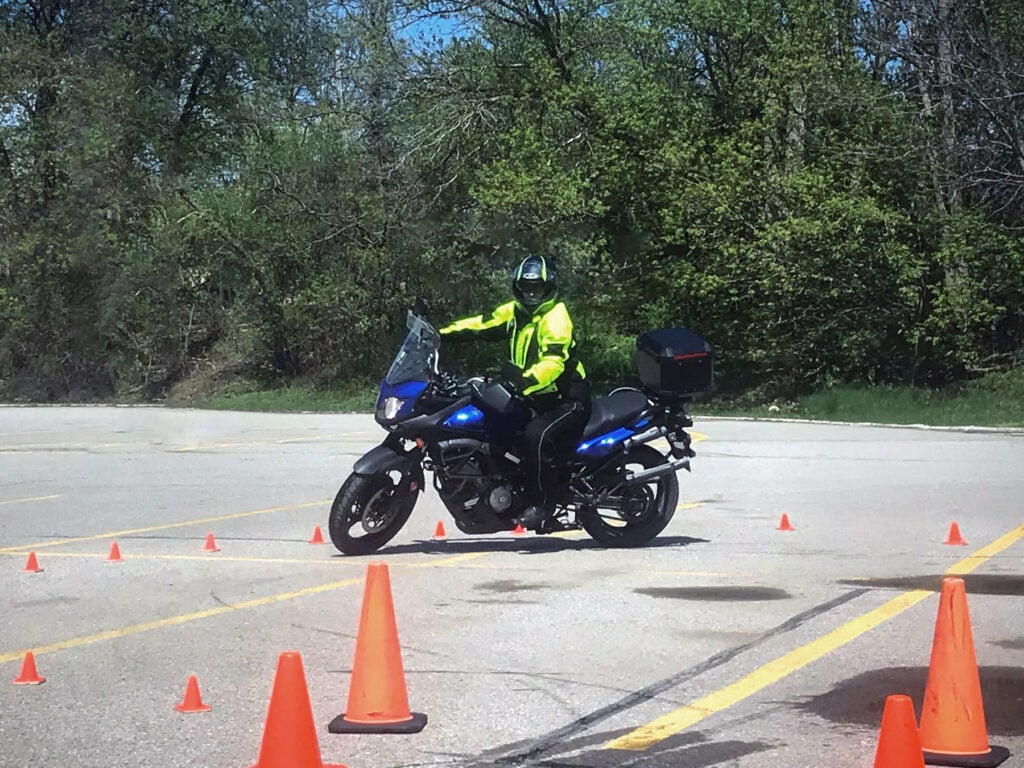
I know it sounds a bit geeky. But here’s the thing: riding skills are perishable. In one of my other articles, I mentioned a report prepared for the California Highway Patrol motor officer team. In it, they emphasize this point: riding skills fade if not maintained through deliberate, high-level practice. Think about that. These are people who ride every day. No winter break. No long hiatus. And even they admit their skills can fade if not maintained. So where does that leave the rest of us?
I once heard a quote from a professional musician that stuck with me. He said, “If I don’t practice for one day, I can hear it. If I don’t practice for two days, the band can hear it. If I don’t practice for three days, the audience can hear it.” Riding’s not that different. I can feel it when I’ve been off the bike too long. My reactions are a bit slower, my balance a bit rusty, my confidence a little fragile. That muscle memory comes back quickly—but only if I go looking for it.
The next thing I pay attention to is the road itself. Spring roads can be nasty. Sand, gravel, winter debris, potholes—it’s all out there waiting to mess with traction. So I take it easy for the first couple of weeks. I scan ahead more than usual. I watch for shiny patches, rough spots, and anything that could knock me off my line. I keep my speed in check and treat every corner like it might be hiding something sketchy on the far side.
Rain helps. After a few good downpours, the roads clean up, and it gets easier to relax and turn up the heat in the corners. But even then, I stay alert. Shaded corners, especially in hilly areas, can still hold patches of ice well into spring. Bridges are the same—they cool faster and can hang onto ice longer than the road leading to them. It’s rare, but not rare enough to ignore.
And don’t forget about your tires. Cold rubber doesn’t grip like warm rubber. It takes longer in spring for tires to get up to temperature, especially if you’re doing short runs around town. I don’t throw the bike into corners full tilt right away. I work up to it—partly to warm the tires, partly to get a feel for road conditions, and partly to recalibrate my own skill level after a winter off.
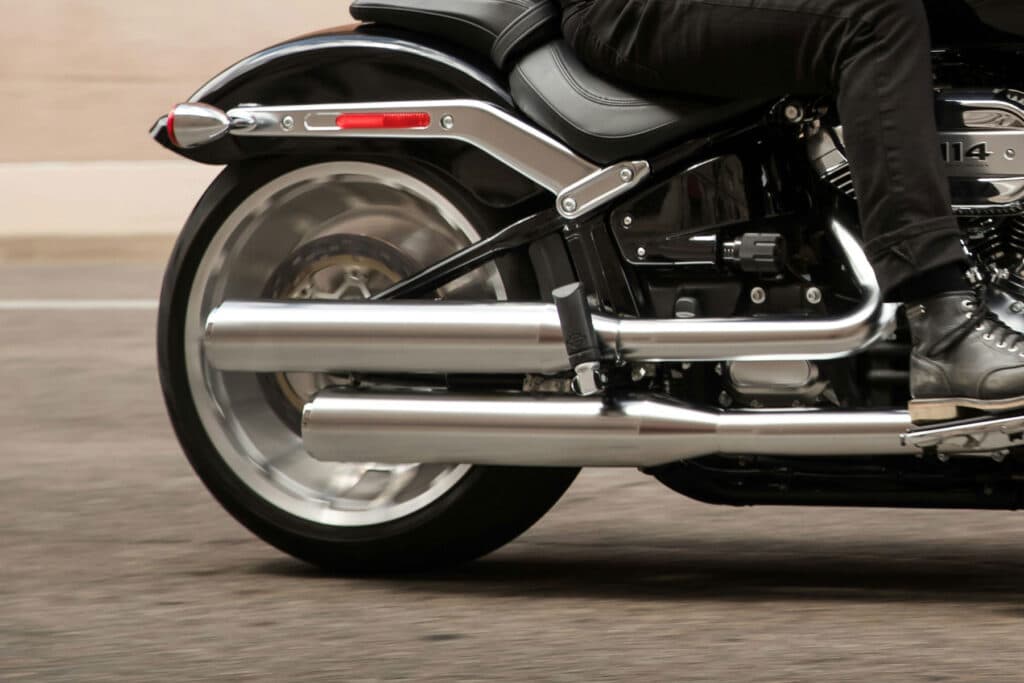
Cornering is one of my favourite things. There’s something magical about leaning in and feeling the bike carve a perfect arc through a turn. I love using the whole tire—not chicken-strip bragging rights, just the satisfaction of full engagement. But I respect the process. I don’t rush it. I build back to it.
In the early rides, I also pay attention to how the bike feels underneath me. Any strange vibrations? Anything loose? Weird noises? It’s easy to miss stuff in the garage that becomes glaringly obvious once you’re moving. I listen with more than my ears. I feel it in the bars, the pegs, the seat. If something feels off, I stop and check.
And finally, I think about mindset. Spring riding is not about proving anything. It’s not about showing off or setting lap records. It’s about reconnecting with the joy of riding. It’s about shaking off the winter rust and easing back into the flow. It’s about rediscovering my rhythm and rebuilding trust—in my bike, the road, and myself.
We all ride for different reasons. Some of us are commuters. Some tour. Some ride weekends only. But whatever kind of rider you are, take the time to dial yourself back in. The risks are real. So is the reward.
The scary thing is that when our skills fade, we often don’t notice—not until something goes wrong. No, it’s not like riding a bicycle. When things go wrong, they can really go wrong. When you need that quick evasive maneuver, that perfect brake application, that instinctive countersteer is not when you want to find out that you should have taken a trip or two to the parking lot to practice. Because, if your skills aren’t there, well, the consequences can be kinda harsh.
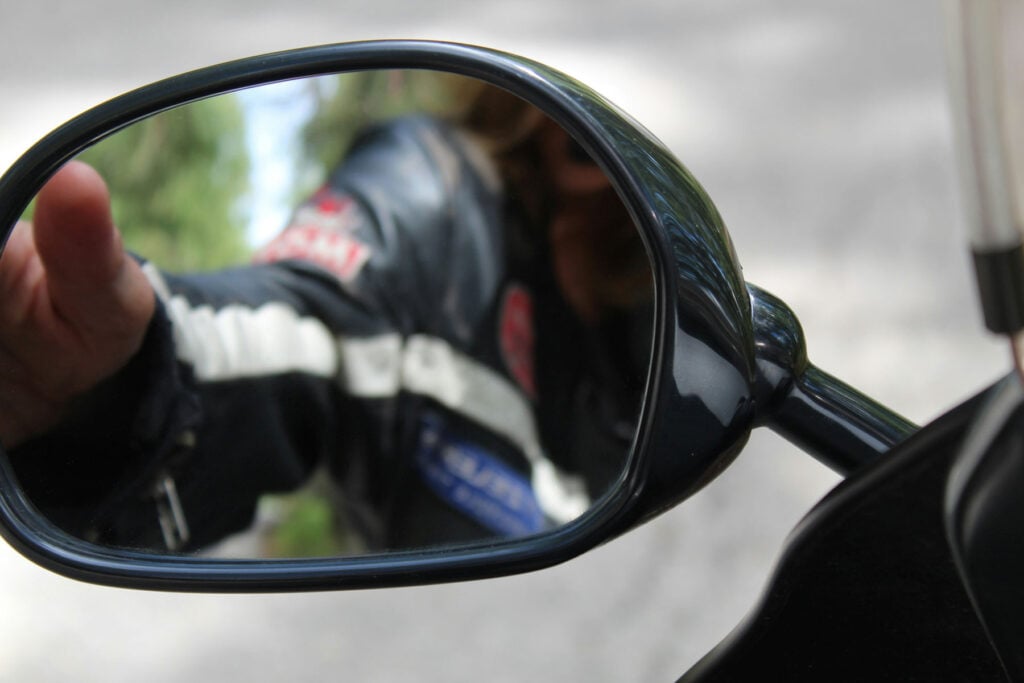
So, before you blast off down your favourite backroad, do your check. Gear, bike, body, road, and mind. Build back gradually. Practice like it matters. Because it does.
And then? Go ride. Feel the wind. Lean into the corners. Find that grin that only motorcyclists know.
Just make sure you’re ready when the road throws you a curve—literally and figuratively.
Ride safe and be seen. I hope to see you out on the road sometime soon. Remember, becoming a skilled and confident rider is a marathon, not a sprint. Take it slow, enjoy the ride, and never stop learning. As I’ve discovered, motorcycling is more than just a hobby—it’s a lifestyle and a lifelong adventure.
– John Lewis

John is a passionate moto-traveller and motorcycle enthusiast who enjoys sharing stories that inform, inspire, and entertain. Specialising in motorcycle touring, safety, travel, or just about anything motorcycle-related, John’s insights, travels, and experiences have been featured in national magazines such as Motorcycle Mojo and The Motorcycle Times, as well as on various blogs and websites. When he is not riding or writing, he works as the service manager at a boutique motorcycle shop where he’s always ready to share a story or helpful tip.
